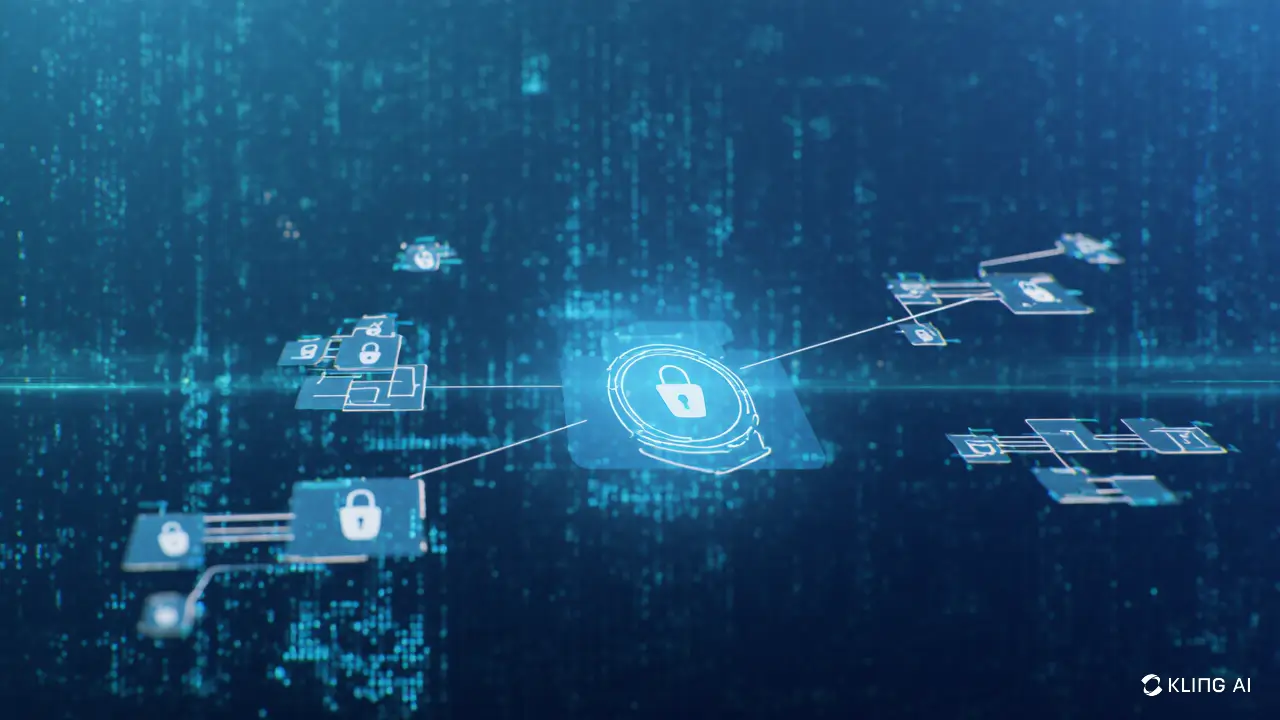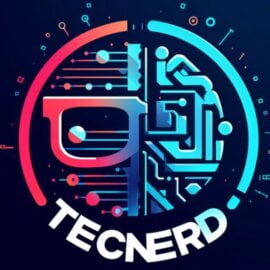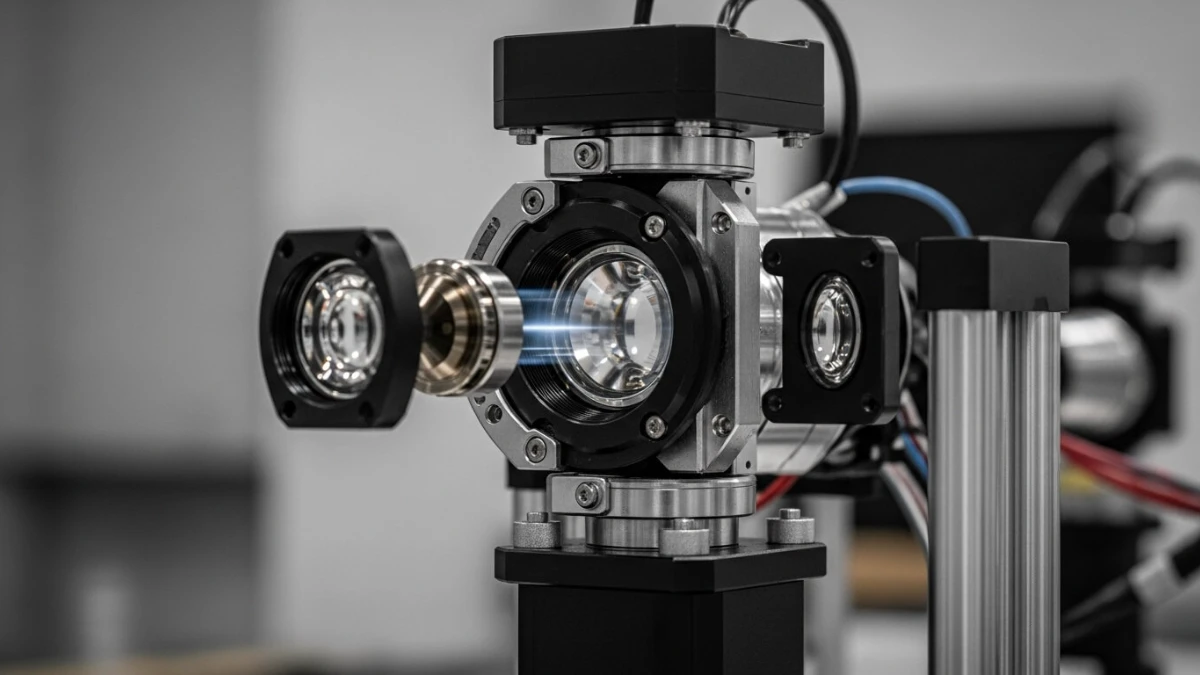AI cybersecurity in 2025: The Future of Digital Protection Against Advanced Threats
Artificial intelligence has radically transformed the scenario of cybersecurity, creating a new frontier in the battle against increasingly sophisticated digital threats. In 2025, while the AI enhances our ability to detect and neutralize attacks, it also becomes a weapon in the hands of malicious agents.
With cyber attacks occurring more than 2,200 times a day and global losses designed to exceed US$10.5 trillion annually, understand the strategies of cybersecurity with AI has become an urgent need for organizations and technology professionals.
Content Index:
The Cybersecurity panorama in 2025
The current scenario of cyber threats has evolved dramatically, driven by technological sophistication and increasing digital dependence. Statistics show an alarming picture requiring immediate attention from professionals and organisations.
Statistics that Define the New Age of Threats
The numbers don't lie, and they paint a worrying scenario for digital security in 2025:
- Cyberattacks occur at a rate of more than 2,200 times a day, with someone becoming a victim every 39 seconds
- Data breaches cost firms an average of $4.88 million in 2024
- The average payment of ransomware increased by less than $200,000 at the beginning of 2023 for $1.5 million in mid 2024
- O cyber crime It must cost the world $10.5 trillion annually by 2025
- 57.2 billion credentials were leaked, a growth of 13 times compared to the previous year
- 339 million credit and debit cards were displayed on the internet, volume 26 times that recorded in 2023
The Evolution of Attack Tactics
The attackers are refining their strategies, exploring new vulnerabilities in an increasingly complex digital ecosystem.
" The attacks are sophisticating exactly for the increasing use of AI. Only AI can defeat AI," says Marcelo Bezerra, a cybersecurity expert at Proofpoint.
Emerging tactics include:
- More sophisticated ransomware attacks: Progressing with double and triple extortion methods, targeting large organizations with severe financial impact.
- Advanced Deepfakes: Identity simulations of executives and influencers to increase the effectiveness of fraud.
- Social engineering aided by AI: Criminals using AI to create more persuasive scams, combining SMS, WhatsApp and digital advertising.
- Attacks on the supply chain: Aiming for third party suppliers and business partners to explore reliable relationships.

Graph showing the exponential increase in cyber attacks between 2023 and 2025, highlighting the contribution of AI
Artificial Intelligence in Threat Detection and Prevention
The AI is fundamentally transforming the way organizations identify, analyze and respond to cyber threats, offering capabilities that go far beyond traditional security methods.
How the IA Potentializes Digital Security
In 2025, AI-powered security systems offer significant advantages:
- Predictive analysis and proactive prevention: AI can correlate large volumes of data to identify attack patterns before they come true.
- Real-time processing: Advanced systems can continuously monitor networks, signaling unusual patterns such as suspicious login attempts or unexpected file transfers.
- Response automation: Neutralization of threats such as malware or phishing attempts without requiring human intervention.
- Reduction of false positives and negatives: Making filters more accurate and efficient.
AI-based Threat Detection Models
Modern detection systems employ advanced techniques to identify and mitigate threats with increasing accuracy:
- Supervised and unsupervised learning: Training to recognize threats based on historical data while simultaneously identifying new and unknown threats.
- Behavioral analysis: Learning from normal user and system behavior, signaling deviations that may indicate an attack.
- Real-time correlation: Ability to correlate dozens or even hundreds of attack indicators, in addition to interpreting the message goal, regardless of language or format.
" AI threat detection systems use machine learning algorithms to analyze patterns, identify anomalies and detect malicious activities in real time, benefiting from AI to detect emerging threats. "
The Duality of AI: Attack Weapons and Protection Tool
Artificial intelligence represents a two-edged sword in the cybersecurity universe, while being our greatest ally in protection and a powerful weapon in the wrong hands.
Defensive AI: The Advanced Digital Shield
When applied to defense, the AI offers revolutionary capabilities:
- Automated threat analysis: Fast processing of large data sets, identifying possible threats faster than human analysts.
- Prevention of data loss (DLP): Strategies that supervise and avoid possible data leaks, employing content scrutiny and situational analysis.
- Detection of advanced anomalies: Identification of unusual behaviours that may indicate a security breach.
- Continuous monitoring: Uninterruptible surveillance of systems and networks, essential in an environment where attacks can occur at any time.
Offensive AI: The Arsenal of Attackers
On the other hand, attackers increasingly use AI to enhance their malicious campaigns:
- Deepfakes and social engineering: Creating extremely realistic fake images, videos and audios to manipulate victims.
- Attack automation: AI-based tools that enable unprecedented scale attacks.
- Evasion of defenses: Malicious systems that adapt to circumvent traditional security measures.
- Personalised Phishing: Highly convincing fraudulent messages based on victim-specific data.
" The automation provided by AI allowed hackers to develop more persuasive scams, combining SMS, WhatsApp and digital advertising to deceive victims and obtain financial data. "

AI cybersecurity for data protection
Effective data protection has become a strategic imperative, especially with increased threats and privacy regulations. The AI offers new approaches to addressing these challenges.
Implementing the Zero Trust Model with AI
The Zero Trust model operates with the principle of "never trust, always verify", and its integration with AI significantly increases its effectiveness:
- Identification of sensitive data and assets: Understanding needs where valuable assets are, including databases, servers or proprietary AI models.
- Mapping transaction flows: Analysis of how data moves on the network, helping to understand how AI systems interact with other elements.
- Smart Microsegmentation: Creation of safe zones in the network, using AI-powered analysis to establish normal behaviors and highlight anomalies.
- Advanced encryption: Protection of sensitive data at rest and in transit, with safe key management methods.
"As threats become more sophisticated and elaborate, companies must be proactive in protecting their IoT networks. By 2025, the integration of AI-driven security solutions and the adoption of Zero Trust architectures will be a key part of maintaining resilient and secure IoT networks. "
AI Governance and Regulatory Compliance
AI governance has become essential to ensure:
- Regulatory compliance: Meeting legal requirements such as LGPD and other data protection regulations
- Transparency: Guarantee of traceability of AI models and decisions.
- Risk mitigation: Monitoring and reduction of problems such as bias, model deviation and data security.
- Auditability: Ability to verify and validate AI system operations for compliance and quality purposes
Security in IoT: The Challenge of Billion Connected Devices
The Internet of Things ecosystem (IoT) continues to expand exponentially, creating new attack vectors and unprecedented security challenges.
The Alarming Growth of IoT Device Threats
Os dados recentes revelam uma trend preocupante:
- Service Denial Attacks (DDoS) from devices IoT grew five times in just one year.
- The number of devices involved in botnet-driven attacks jumped from 200,000 to approximately 1 million.
- Attacks using IoT devices already represent more than 40% of DDoS traffic worldwide.
- "There are billions of devices IoT worldwide, from smart refrigerators, medical sensors and smart watches, many of which have loose safety protections."
AI Cybersecurity Solutions for IoT Environments
To address these challenges, new AI-based approaches are being implemented:
- Advanced firewalls with AI: Smart traffic analysis to identify and block suspicious activities.
- Traffic microsegmentation: Isolation of devices on separate networks to minimize the impact of compromises.
- AI-based detection systems: Constant monitoring to identify abnormal behavior on devices.
- Smart convergent networks: Integration of technologies such as mobile, satellite and LPWAN with centralized AI-based management.
" Among the five trends for IoT In 2025, according to Emnify, is eSIM for IoT... As threats become more sophisticated and elaborate, companies must be proactive in protecting their IoT networks."

Implementing Cybersecurity with AI: Practical Guide for 2025
Effective adoption of AI cybersecurity solutions requires a structured and strategic approach. This guide presents the key steps for organizations seeking to strengthen their defenses.
10 Essential Practices for AI Protection
To maximize the benefits of AI cybersecurity, consider these best practices:
- Establish AI governance: Ensure regulatory compliance, transparency and traceability of models;
- Protect AI models: Implement threats safeguards such as prompt injection and model theft;
- Implement data security in collection and training: Use strict controls such as encryption and access management;
- Ensuring AI supply chain security: Monitor the integrity of open source dependencies used in development;
- Protect infrastructure that supports AI systems: Implement controls for networks, storage and APIs;
- Adopt Zero Trust model: Eliminate implicit trust and strengthen identity and access controls;
- Implement automation in response to incidents: Use SOAR tools to accelerate detection and mitigation;
- Develop multi-cloud security: Create advanced governance and monitoring policies for hybrid environments;
- Strengthen identity security (IAM): establish identity management as a central protection pillar;
- Continuously train teams in new threats: Keep professionals up to date on emerging and countermeasures tactics;
Metrics to Evaluate Safety Efficacy with AI
To ensure that your implementations are functioning properly, monitor:
- Mean detection time (MTTD): Period between the beginning of an incident and its identification
- Mean response time (MTTR): Range between detection and complete resolution
- False positive rate: Percentage of alerts incorrectly identified as threats
- False negative rate: Percentage of actual threats not detected by the system
- Detection coverage: System capacity to identify different types of threats
- Safety ROI: Economy generated by incident prevention versus investment in solutions
" Companies are looking for partners to give them all the information necessary to ensure good service to users, which involves keeping open communication of incidents and failures, as well as forecast reports, and having access to functions as a status page of all network elements in real time. "
Conclusion: The Future of Cybersecurity with AI
As we move forward in 2025, it is clear that AI cybersecurity is not only a trend, but a fundamental need for organizations of all sizes. Statistics are strong: with cyber attacks occurring every 39 seconds and global costs designed to overcome $10.5 trillion annually, the adoption of advanced protection solutions has become a strategic imperative.
The duality of the AI – as a defense tool and weapon of attack – creates a complex scenario where only organizations that adopt integrated security approaches will succeed. Zero Trust, behavioral analysis, anomaly detection and response automation are essential pillars in this new paradigm.
Read Also: Complete Guide to Cyber Security: Protect yourself!
For technology professionals, the moment requires constant updating and deep understanding of new safety trends. Knowledge about data protection, IoT security and advanced threat mitigation strategies will be a significant competitive advantage in the market.
The final message is clear: In a world where AI is transforming both defense and attack, cyber resilience will depend on the ability to proactively and strategically implement the best practices presented in this article.
What cybersecurity challenges is your organization facing? Share in comments or contact us to discuss how we can help strengthen your digital defenses by 2025.
Frequently Asked Questions about AI Cybersecurity
What is cybersecurity with AI and how does it work?
AI cybersecurity refers to the use of artificial intelligence to analyze and correlate data from cyber threats and events, turning them into actionable insights. It works through machine learning algorithms that process large volumes of data, identify abnormal patterns, detect suspicious behaviors, and automate incident responses. In 2025, these systems are able to correlate hundreds of indicators in real time to predict and neutralize threats before they cause significant damage.
What are the main risks of AI to cybersecurity in 2025?
In 2025, the main risks include: Advanced Deepfakes that simulate identities for fraud; Automated attacks on unprecedented scale; Personalised Phishing based on victim data; adaptive malicious systems that bypass traditional defenses; Theft of AI models through network attacks; and Exploitation of vulnerabilities in proprietary AI systems. These threats are enhanced by the increasing accessibility of generative AI tools and the ability to personalise attacks.
How to protect IoT systems from cyber attacks using AI?
To protect IoT systems with AI, implement: Advanced firewalls with intelligent traffic analysis; Microsegmentation to isolate compromised devices; Abnormal detection systems that identify unusual behaviour; Point-to-point encryption for communications; Centralised management of updates and patches; Multifactor authentication for access to devices; and Continuous network monitoring with real-time alerts. These measures can significantly reduce the risk of increasing attacks on IoT devices.
How effective is the Zero Trust model when implemented with AI?
The AI-enhanced Zero Trust model has superior efficacy by: continuous and adaptive verification of behaviors-based identities; Real-time contextual analysis that considers factors such as location, device and usage patterns; Dynamic microsegmentation that isolates critical resources; Detection of anomalies that identify subtle deviations from behavior; and Automated response to suspicious incidents. Studies indicate that implementations of Zero Trust with AI can reduce threat detection time by up to 60% and reduce the financial impact of violations by 31%.
What are the emerging trends in AI cybersecurity for the end of 2025?
Emerging trends for the end of 2025 include autonomous defenses that detect and respond to threats without human intervention; Adaptive security that continuously evolves based on new threats; Integration of behavioral biometrics for continuous authentication; Federation of threat intelligence between organisations; Predictive analysis that anticipates attack vectors before their exploration; and Quantum security to protect against advanced computational threats. These innovations are redefining digital defense strategies for organizations of all sizes.
Bibliographic references:
- https://www.splashtop. with/en/blog/cybersecurity-trends-2025
- https://ibsec. with.br/10-priorities-in-security-for-2025/
- https://sensesecure. with/en-br/post/cyber-security statistics














Post Comment